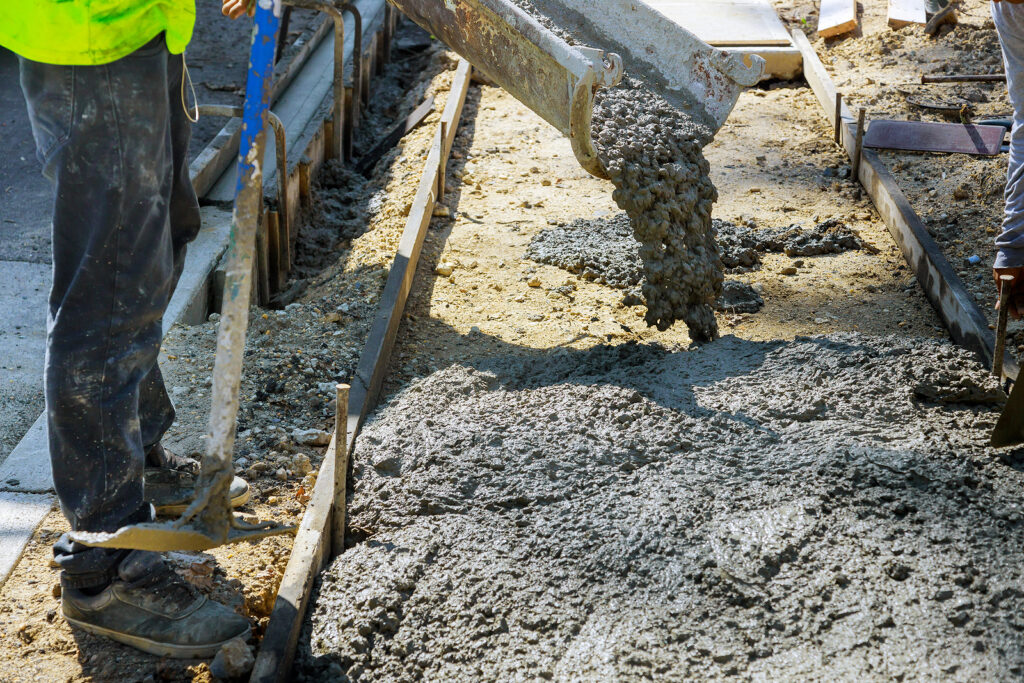Recent years have seen a surge in interest in Britain’s historic outdoor swimming pools. The lidos were first popularised during the 1920s and 30s, as part of a rising movement of both leisure and public health. Sadly, they fell out of favour in the late twentieth century, and many, such as the Saltdean Lido in Brighton, are in a poor state of repair.
When lidos were first introduced they were accessible to all, and genders and social classes mixed freely, Culture Trip explains. In the interwar period, 13 lidos were built in London alone. Many were built to a high standard, influenced by the elegant curved shapes of Art Deco architecture.
However, as cheap foreign holidays and indoor leisure centres became more widely available during the 1960s, taking an outdoor dip in the unpredictable British climate became less appealing. Many lidos fell into disrepair as they were expensive to maintain, and some were bulldozed to make way for new developments.
Over the last few decades, there has been a revival of interest in the lido, which began to be recognised for their architectural merit and benefit to local communities. Elle Decoration explains that the increase in demand for outdoor swimming has been boosted by the pandemic, as indoor swimming venues were closed.
As society shifts towards healthier lifestyles, the demand for more exercise facilities is on the rise. This has led to many neglected lidos being successfully restored, such as the Thames Lido in Reading, and the Ponty Lido in South Wales. Newly designed projects are also underway in major cities such as Liverpool and Manchester.
In Brighton, there has been a long-standing campaign to restore the Grade II* listed Saltdean Lido. The pool has already been saved, but the iconic curved 1930s building remains on the Heritage at Risk register, The Argus explains. The building is in poor condition, and requires extensive concrete repairs, and is closed to the public.
However, there is some hopeful news for the future of the lido. The Save Saltdean Lido (SLCIC) campaign, which already saved the pool from being filled in and built on in 2010, has almost raised enough money to repair the Art Deco building.
It was designed by the architect RWH Jones in 1938, using ground-breaking reinforced concrete which allowed for its striking shape. However, like many coastal buildings, it has suffered from the effects of decades of exposure to sea salts, which have corroded the concrete.
The building, which still retains its futuristic air even today, is set to become both a community facility and tourist attraction, with a library, café, exercise studio, and shared worked space.
The restoration is estimated to cost £8m. So far, SLCIC have raised £7.2m, from a combination of awards and pledges. These include a £4.2m grant from the National Heritage Lottery Fund. This leaves a further £800,000 to be raised before the final plans can be completed.
SLCIC are hoping to gain permission to begin remedial works in the near future, to make the urgent repairs that are needed to the building. Once the full amount has been raised, the full restoration will be made.
If you’re looking for concrete repair specialists in the UK, talk to us today.

